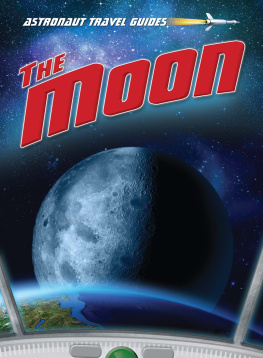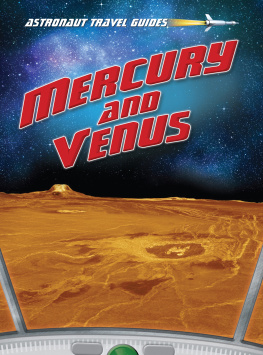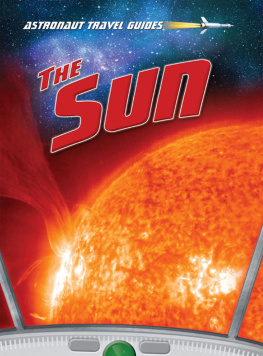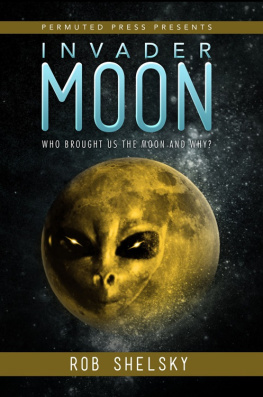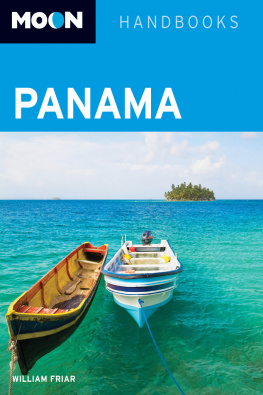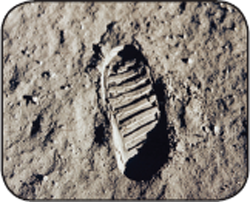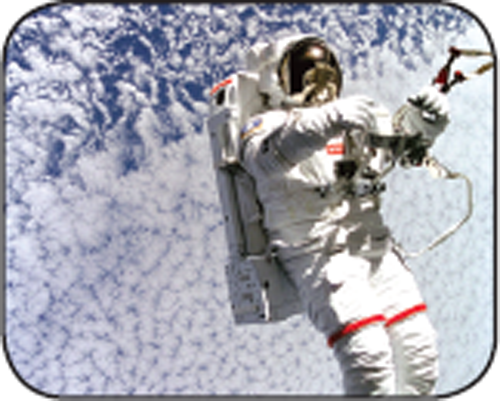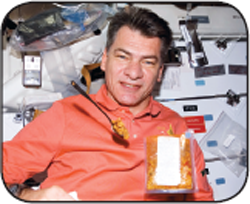TIMELINE
100s BCE
The ancient Greek astronomer Hipparchusis is one of the first people todecide that the Moon is a sphere.
1600s
The invention of the telescope allows astronomers such as Galileo Galilei tosee the Moons surface in detail for the first time.
1959
The space probe Luna 2 is the first spacecraft to reach the Moon, where it crashes. Luna 3 sends pictures of the far side of the Moon back to Earth.
1962
President John F. Kennedy announces that the United States plans to send astronautsto the Moon by 1970.
1966
Luna 9 is the first probe to land on the Moon.
1968
Apollo 8 carries astronauts around the Moon for the first time.
1969
Apollo 11 lands on the Moon with astronauts Neil Armstrong and Buzz Aldrin.
1970
Apollo 13 returns safely to Earth after an explosion on board on the way tothe Moon.
1972
Astronauts from Apollo 17 visit the Moon. No astronauts have been to the Moonsince.
2009
The probe LCROSS flies into a cloud of dust thrown up by deliberately crashingan old rocket into the Moons surface.
FACT FILE
DIAMETER:
2,160 miles (3,476 kilometers)
AVERAGE DISTANCE FROM EARTH:
238,855 miles (384,400 kilometers)
SMALLEST DISTANCE FROM EARTH:
221,463 miles (356,410 kilometers)
FURTHEST DISTANCE FROM EARTH:
252,710 miles (406,697 kilometers)
TIME FOR ONE ORBIT OF EARTH:
27 Earth days, 7 hours, 43 minutes
DAY LENGTH:
29 Earth days, 12 hours, 44 minutes
AVERAGE SURFACE TEMPERATURE:
4 F (20 C)
HIGHEST SURFACE TEMPERATURE:
260 F (127 C)
LOWEST SURFACE TEMPERATURE:
279 F (173 C)
GRAVITY:
0.17 times Earth gravity
LARGEST CRATER:
South PoleAitken Basin, diameter 1,616 miles (2,600 kilometers)
FIRST SPACE PROBE TO CRASH ONTO THE MOON:
Luna 2 (1959)
FIRST SPACECRAFT TO LAND ON THE MOON:
Luna 9 (1966)
FIRST LUNAR ROVER:
Lunokhod 1 (1970)
FIRST ASTRONAUTS ON THE MOON:
Neil Armstrong and Buzz Aldrin, Apollo 11 (1969)
FIND OUT MORE
BOOKS
Bond, Peter. DK Guide to Space (DK Guides). New York: Dorling Kindersley, 2006.
Goldsmith, Mike. Solar System (Discover Science). New York: Macmillan, 2010.
Grego, Peter. Exploring the Moon (QEB Space Guides). North Mankato, Minn: QEB, 2007.
Landau, Elaine. The Moon (True Books). New York: Childrens Press 2008
Oxlade, Chris. The Earth and Its Moon (Earth and Space). New York: Rosen Central,2008.
Ross, Stewart. Moon . New York: Scholastic, 2009.
DVDS
Apollo 13 (Universal Pictures, 1995; 2005)
The Universe (A&E, 2010)
INTERNET SITES
FactHound offers a safe, fun way to find internet sites related to this book. All of the sites on FactHound have been researched by our staff.
Heres all you do:
Visit www.facthound.com
Type in this code: 9781410945723
PLACES TO VISIT
Hayden Planetarium
Central Park West and 79th Street, New York, N.Y. 10024
www.haydenplanetarium.org
Kennedy Space Center
SR 405, Kennedy Space Center, Florida 32899
www.nasa.gov/centers/kennedy
Smithsonian National Air and Space Museum
Independence Ave. at 7th St. SW, Washington, D.C. 20560
www.nasm.si.edu
FURTHER RESEARCH
Here are some starting points for finding out more about the Moon:
- Look at the Moon in the night sky, with the naked eye and through binoculars. Tryto identify some of the seas and craters with the help of a Moon map.
- Research some of the ideas about how the Moon was made.
- Look at images and videos of solar and lunar eclipses.
- Follow the progress of the latest missions of probes to the Moon.
- Find out about living in zero gravity.
- Find out more about the story of Apollo 13 .
DESTINATION MOON
How often have you looked up at the Moon in the night sky? Have you looked througha telescope to see its surface covered with craters ? The Moon is our closest neighborin space, and it is the only object in space that astronauts have visited. Have youwondered what it would be like to visit the Moon? This is the place to find out!
Looking at the Moon from Earth through a small telescope or large binoculars revealsa world littered with deep craters and dark patches called seas.
WHY VISIT THE MOON?
There are plenty of good reasons to visit the Moon. For a start, you can find outabout Moon rocks and what is inside the Moon. This can help us to learn about howthe Earth was formed. You can also look for places to build a Moon base, from whichwe could launch a mission to Mars in the future.
The Moon is simply an amazing place to visit. Things to see on the lunar surfaceinclude giant craters, enormous flat seas of frozen lava , mountains, and canyons .Just imagine walking across the dusty surface of the Moon and looking up to see Earthin the sky. Only 12 people have ever stood on the Moon. Could you be the next?
AMAZING FACTS
No country owns the Moon or any part of the Moon. So no need to take a passport!The Outer Space Treaty is an international agreement made in 1967 that says no countrycan claim the Moon as its own, and that the Moon can only be used for peaceful purposes.
Turn to page to find out what to expect when you take your first steps on theMoon.
Get tips on what to pack for your journey on pages .
Discover what life is like in space from astronaut Paolo Nespoli on page .
THE MOON IN HISTORY
Humans must have looked up at the Moon for hundreds of thousands of years. But untiltelescopes were invented in the 1600s, people knew little about its surface. Today,we know a lot more. In more modern times, scientists have carefully mapped the Moonand sent probes to visit it. Astronauts have even landed there.
WHO'S WHO?
In ancient times, the people of many different cultures had gods and goddesses associatedwith the Moon.
| GOD OR GODDESS | PLACE WORSHIPPED |
| Khons | Ancient Egypt |
| Artemis | Ancient Greece |
| Diana | Ancient Rome |
| Selena or Luna | Ancient Greece |
| Chandra | India |
| Heng-O | China |
| Ix Chel | Central America |
| Mawu | Africa |
| Cyolxauhqui | Mexico |

